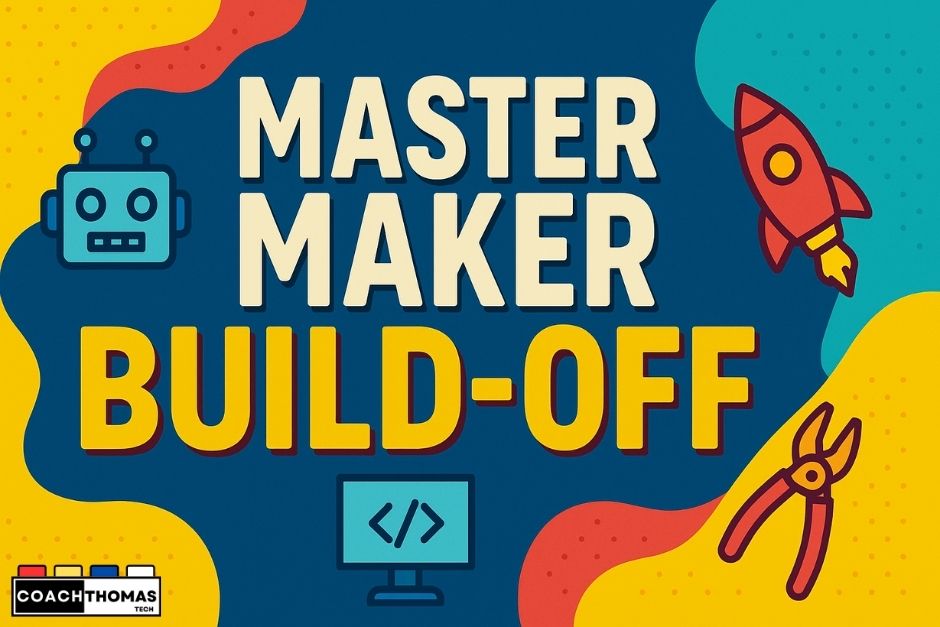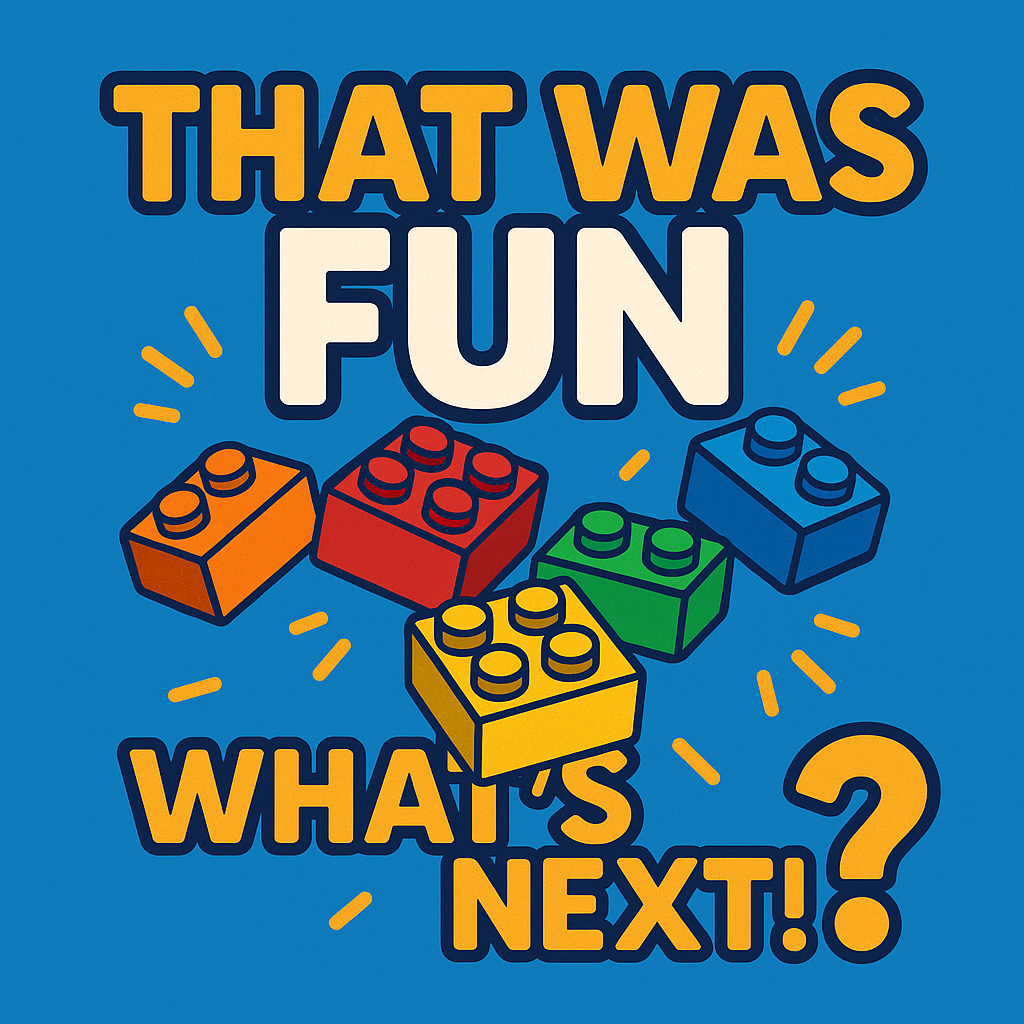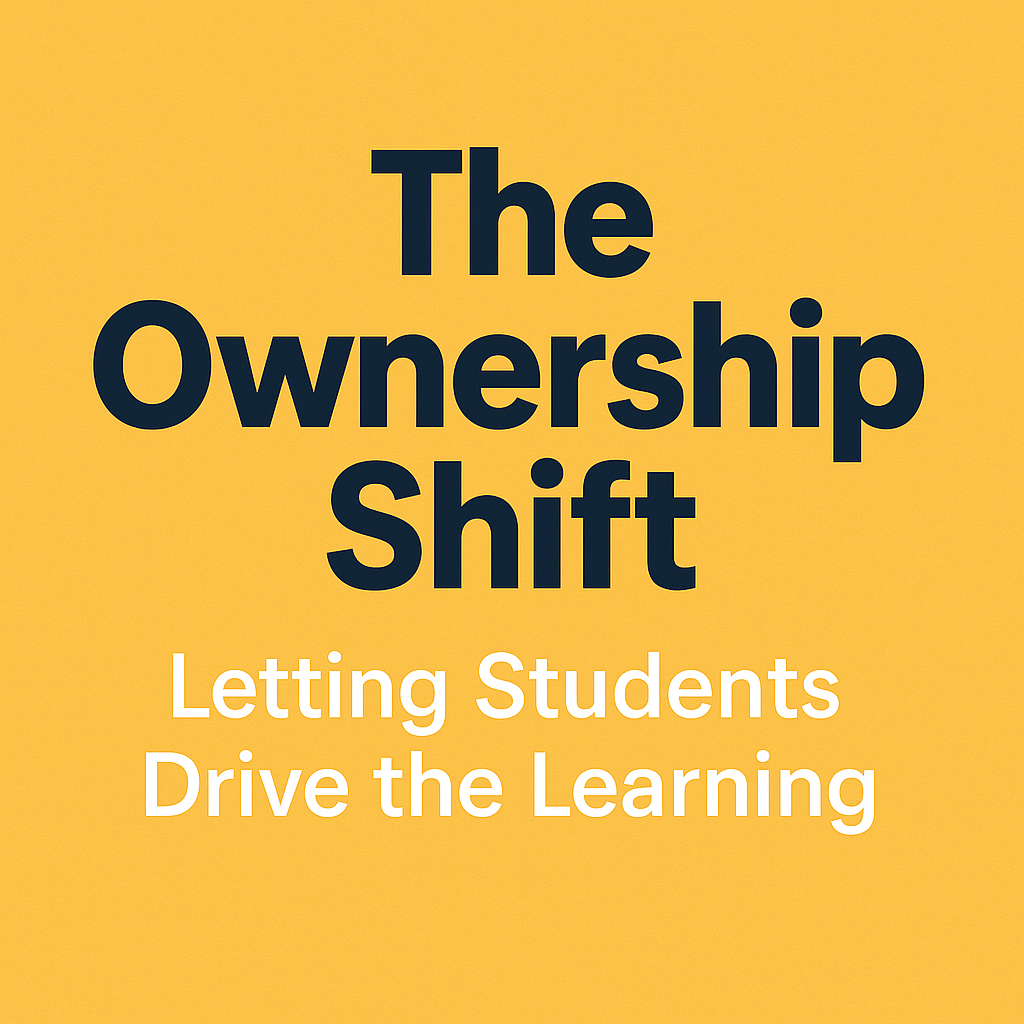Welcome back to the second installment in our Summer Retooling Series. This week, we are teeing off on the course of Project-Based Learning (PBL). We will explore how this awesome approach to learning can transform your classroom and school. PBL empowers students to take control over their learning through engaging, real-world projects. Let’s explore the principles of PBL and how you can effectively implement it in your teaching, without reinventing the wheel.
First things first, if you haven’t listened to my podcasts around PBL, you might not know what PBL really is. To that end, there are many misconceptions around PBL and projects. PBL is a student-centered pedagogy where students learn by actively engaging in meaningful projects. These projects have a real-world audience outside of the classroom. They are more than just projects. The projects are designed to solve real-world problems that require students to use and apply knowledge from various subjects. PBL shifts the focus from traditional, teacher led instruction to a more hands-on, collaborative learning experience.
Here are (6) core components of PBL:
- Real-World Connections: projects are relevant and connected to real-life issues making for a more meaningful experience.
- Inquiry and Innovation: students ask questions, investigate solutions and think critically to solve problems
- Student Voice and Choice: learners have a say in their projects, fostering ownership and motivation
- Reflection: regular reflection helps students to evaluate their process and learn from their experiences, both successes and failures
- Critique and Revision: continuous feedback and opportunities for improvement are a major part of the process
- Public Product: students present their final project to an audience beyond the classroom, creating accountability and pride for their work
Now that we have a superficial understanding of what PBL is, what are the benefits? The benefits of this model can have long-term, positive impact on student success, teacher retention and motivation, and communities as well. Some of the benefits are:
- Enhanced Engagement: students become motivated and enthusiastic about learning when it has relevance to them and their work.
- Deeper Learning: PBL promotes the 4 C’s, critical thinking, communication, collaboration, and creativity, problem solving and application of knowledge (this is the key)
- Collaboration Skills: working on projects helps students to develop teamwork and communication skills
- Preparation for the Future: PBL equips students with skills essential for success that future employers are looking for.
Implementing PBL in Your Classroom:
- Start Small: Begin with a simple project that aligns with your curriculum. As you gain confidence, you can tackle more complex projects.
- Plan Thoroughly: Outline the project’s objectives, timeline, resources, and assessment criteria. Clear planning ensures smooth execution.
- Facilitate, Don’t Direct: Act as a guide and facilitator, allowing students to take the lead in their learning journey.
- Incorporate Reflection: Build in regular reflection periods where students can discuss their progress and challenges.
- Provide Feedback: Offer constructive feedback throughout the project to help students improve and refine their work.
- Celebrate Success: Showcase students’ final projects through presentations, exhibitions, or digital portfolios. Celebrating their achievements fosters a sense of accomplishment.
Project-based learning is a powerful approach that can revolutionize your teaching and impact your students. By integrating PBL into your classroom, you can create a space where students can thrive, grow and become lifelong learners. PBL is more than a project. It can make learning exciting and fun again.
Call to Action: Have you tried PBL in your classroom? Share your experiences and success stories with us on Twitter (@coachthomastech) using #SummerRetool. Let’s inspire each other to create more dynamic and engaging learning environments!



